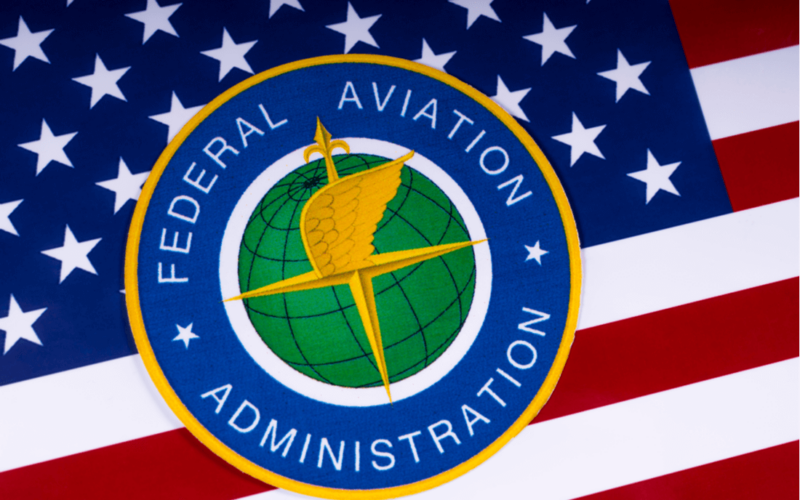In the coming weeks, several world aviation authorities should submit a report on the certification of the Boeing 737 MAX. The conclusions will reportedly be critical of the way the Federal Aviation Administration (FAA) handled the approval of the aircraft.
The Joint Authorities Technical Review (JATR), a committee set up by the FAA in April 2019, regroups the EASA, aviation authorities from Australia, Brazil, Canada, China, United Arab Emirates, Indonesia, Japan, and Singapore, as well as NASA. It was tasked with reviewing the approval procedures of the Boeing 737 MAX, after suspicions of collusion between the manufacturer and the U.S. regulator emerged.
The report, which the JATR should submit in the coming weeks, is apparently critical of the FAA’s methods, particularly of the way it delegated some of the approval processes to Boeing’s engineers.
According to a source close to the matter quoted by the Wall Street Journal, the report recommends an earlier involvement of the FAA in the design of new systems, particularly when they can influence pilot response times during emergency situations.
Shortly after the crash of Ethiopian Airlines Flight 302, the Seattle Times revealed that the authority delegated some of the 737 MAX certification process to Boeing engineers, and specifically the review of the MCAS system which was blamed for two fatal 737 MAX crashes.
Discrepancies were found in the MACS report: the system is known for correcting the angle of the stabilizers by 2.5°, yet FAA documents state the maximum is only 0.6°. “The FAA believed the airplane was designed to the 0.6 limit, and that’s what the foreign regulatory authorities thought, too,” said an FAA engineer quoted by the media.
The MCAS relies on the reading of a single sensor while its potential failure was evaluated as one level below “catastrophic”, which goes against the usual FAA regulations. Preliminary inspection of the FDR data from the Flight 302 showed that “the two sensors differed by some 20 degrees not only throughout the flight but also while the airplane taxied on the ground before takeoff”.
The safety review also forgets to mention that the system can reset itself after each pilot input, ignoring the fact that it is able to repeatedly push the plane’s nose down.
The JATR report should be critical of the fact that these discrepancies did not alert the FAA, and will include new certification guideline suggestions to make sure it does not happen again.
“We will review all the recommendations and incorporate any proposal that would improve our certification activities,” an FAA spokesman told AFP. “We look forward to the publication of the JATR report when it is complete,” a Boeing spokesperson said in a statement, adding that the company continues to work with global regulators to safely return the 737 MAX to service.
On March 19, 2019, the EASA and Transport Canada had declared that they would not validate the decision of the FAA as it is custom but instead would run an independent investigation. The decision was confirmed by Patrick Ky, head of the EASA, in an audience with the European Parliament on September 3, 2019. More recently, it was reported that the Directorate General of Civil Aviation of India (DGCA) was also looking into testing and certifying the grounded 737 itself, rather than relying on the FAA‘s judgment.

